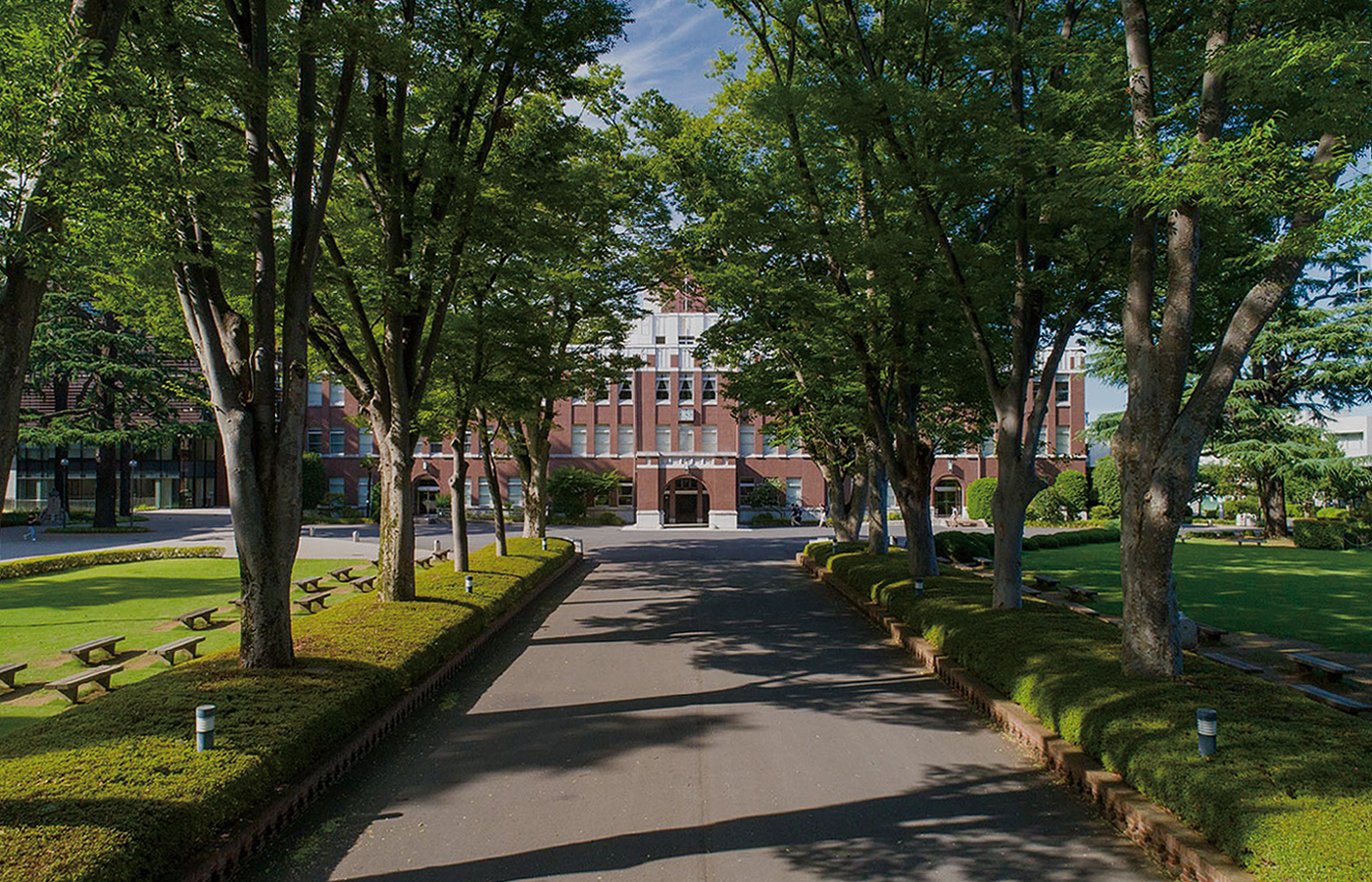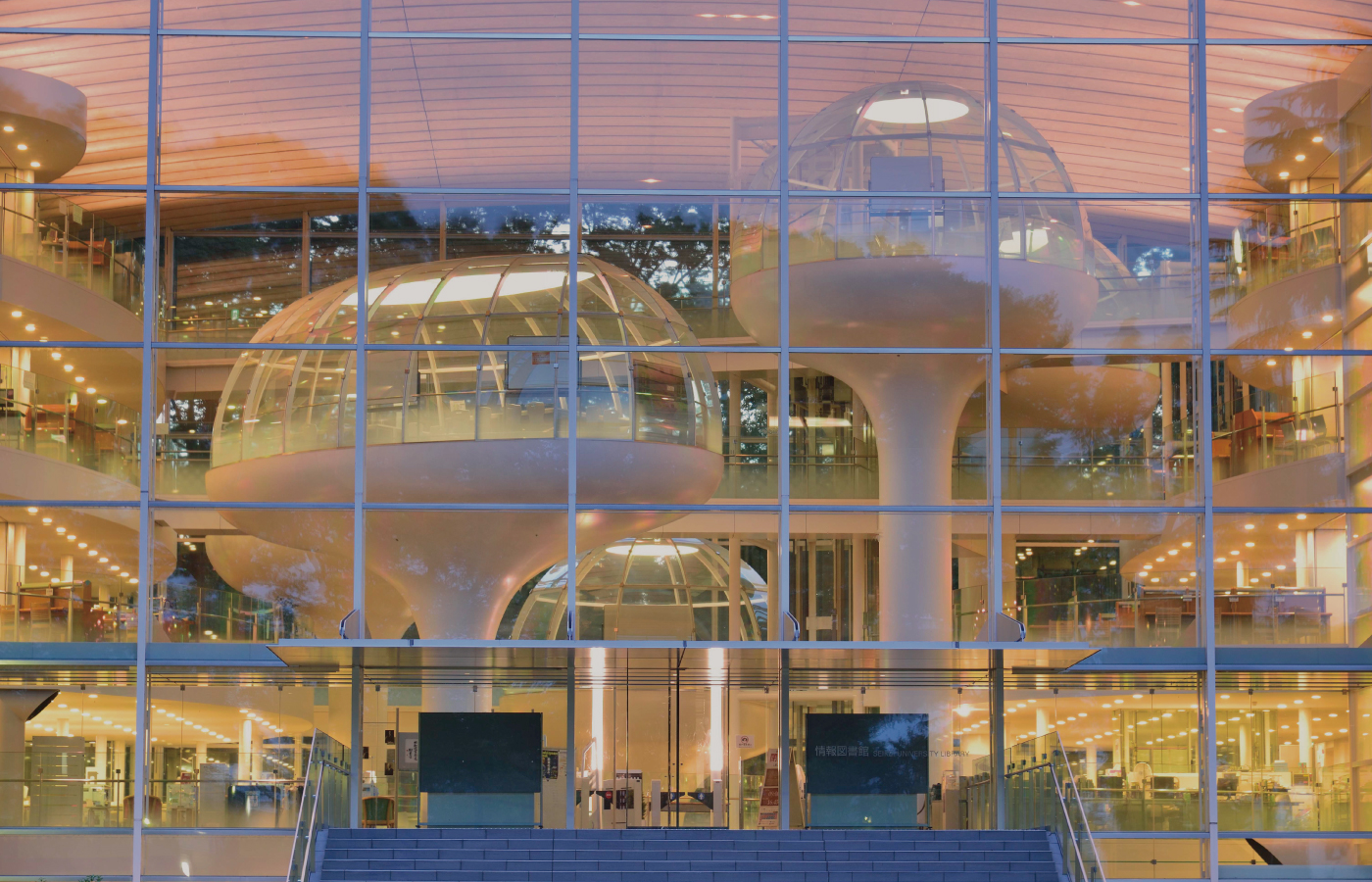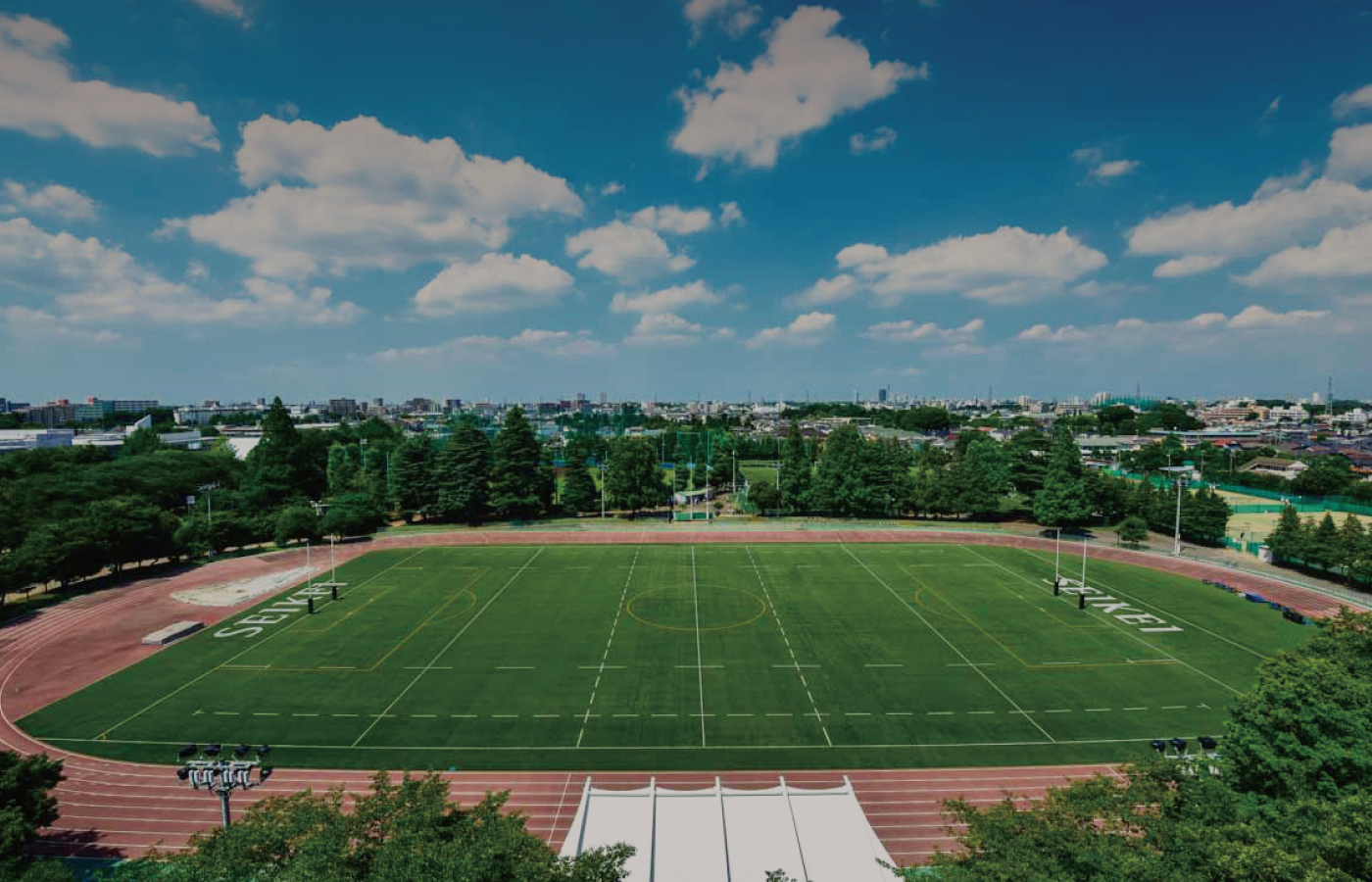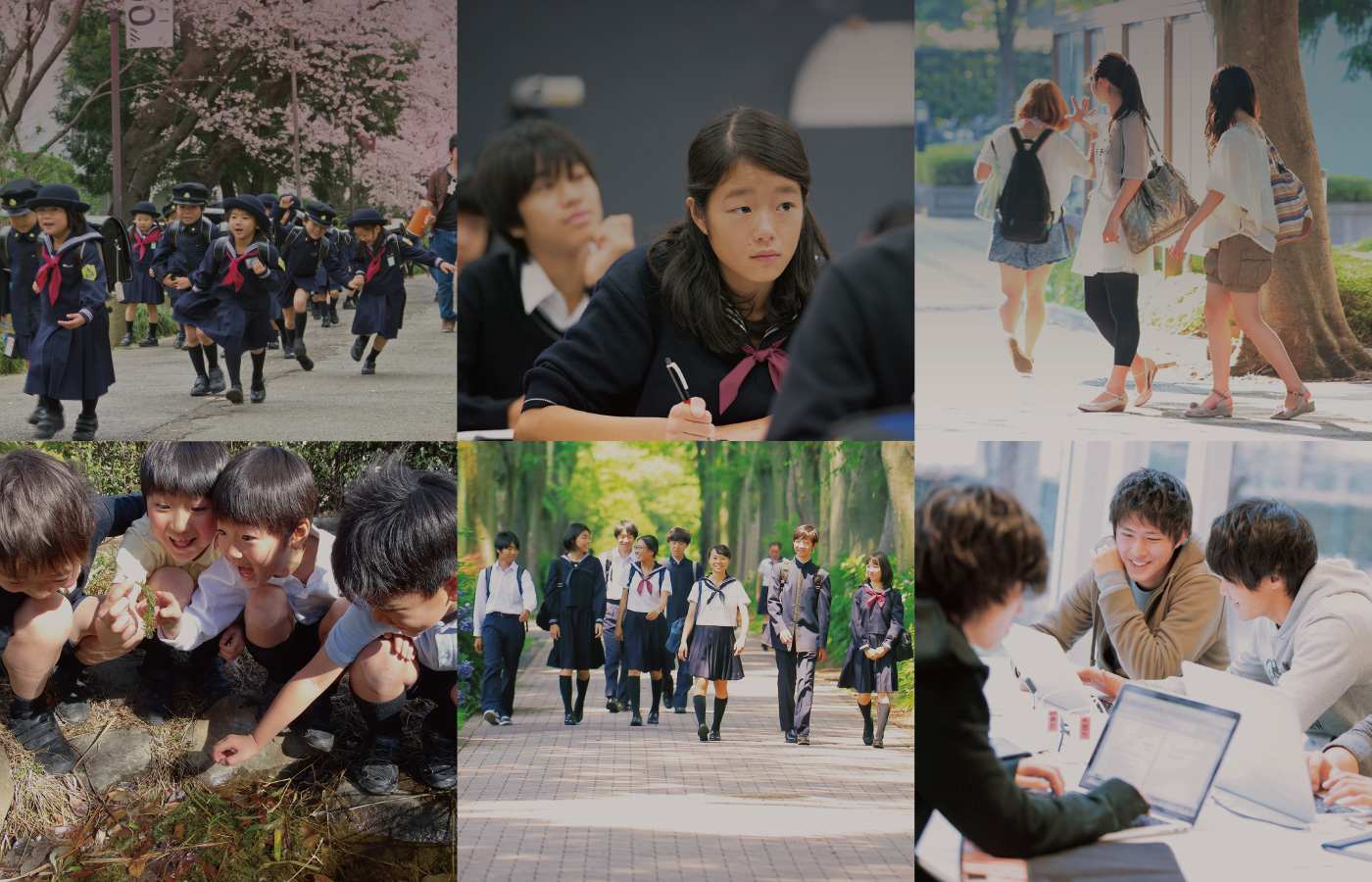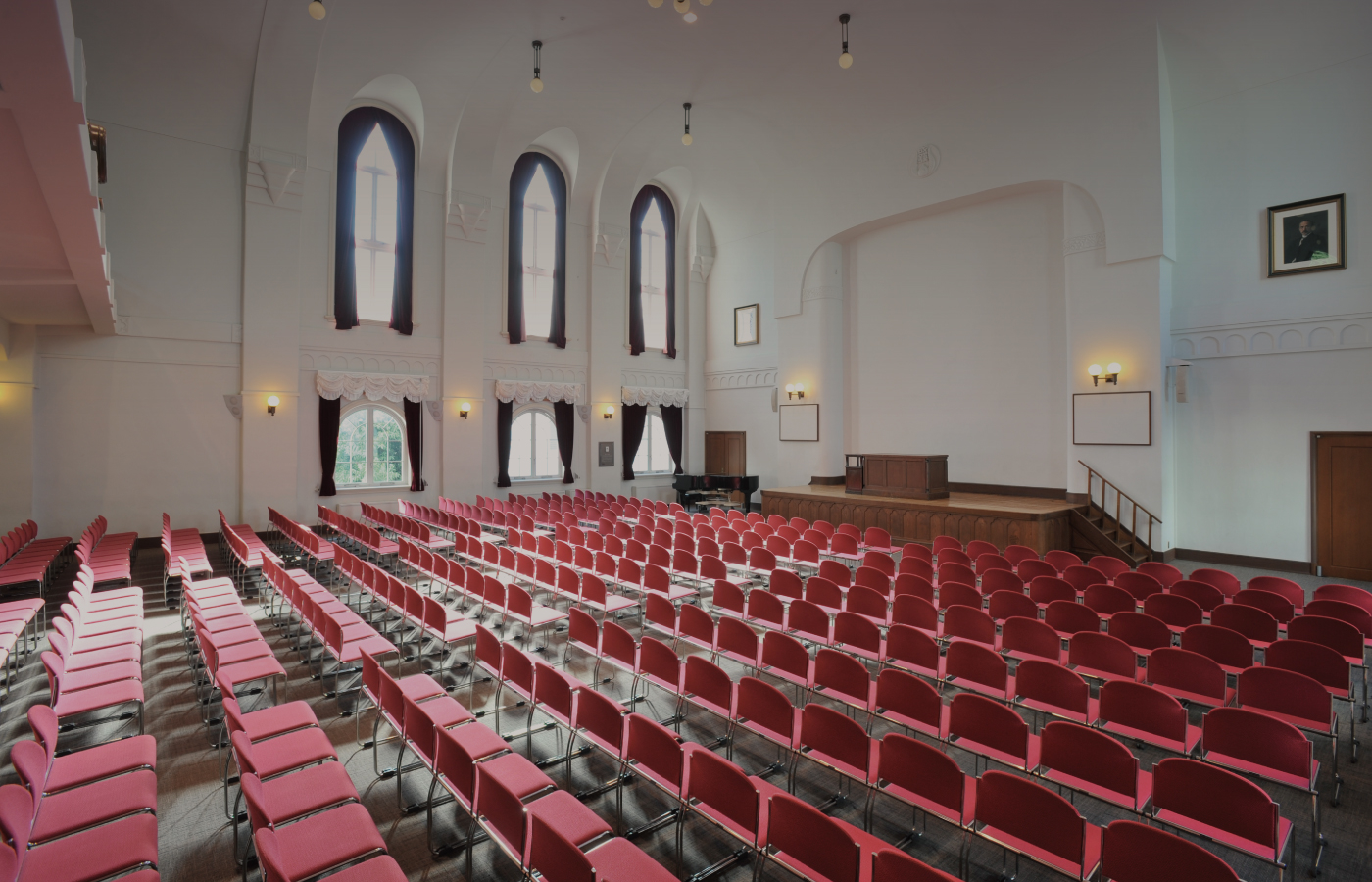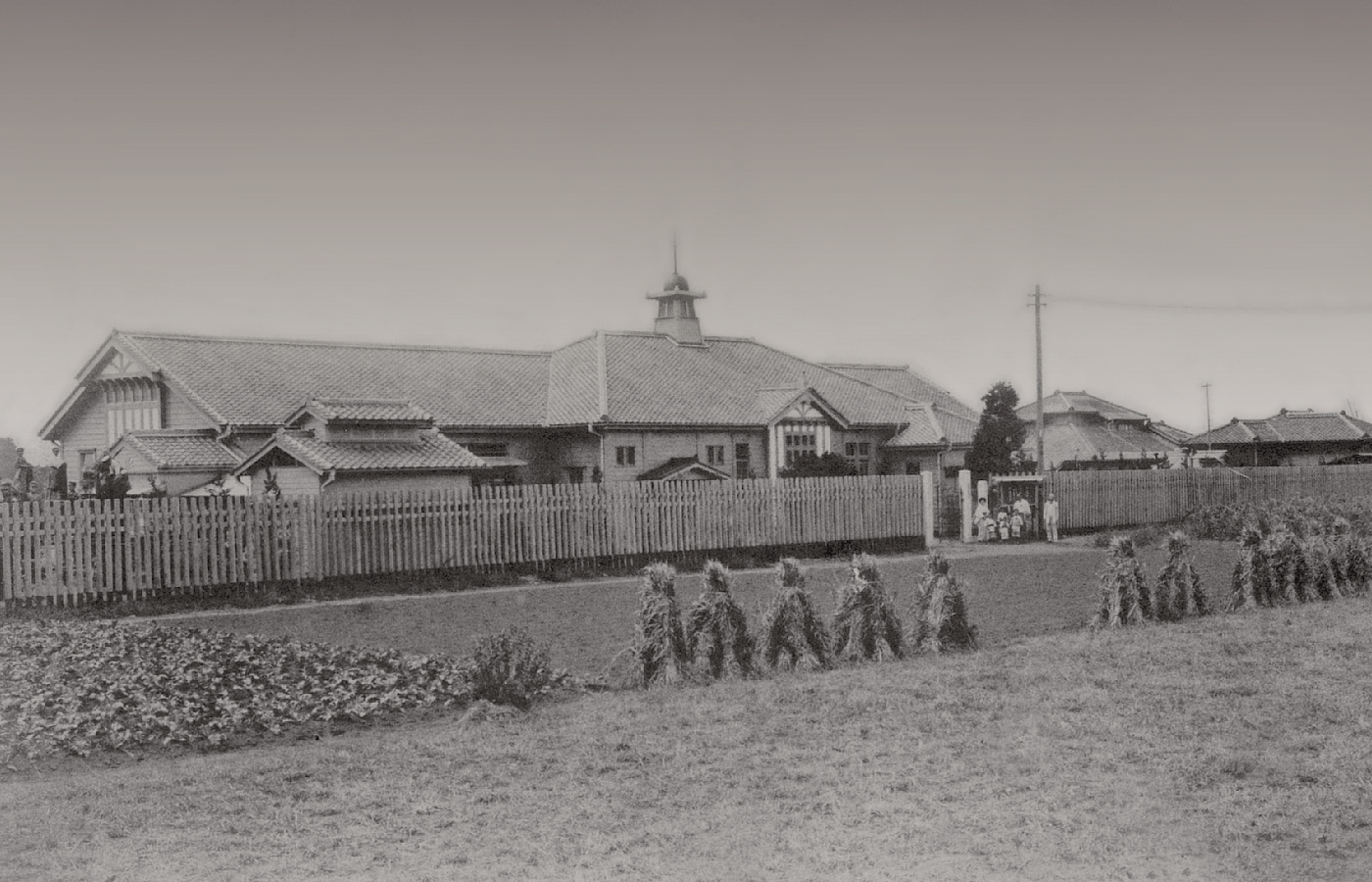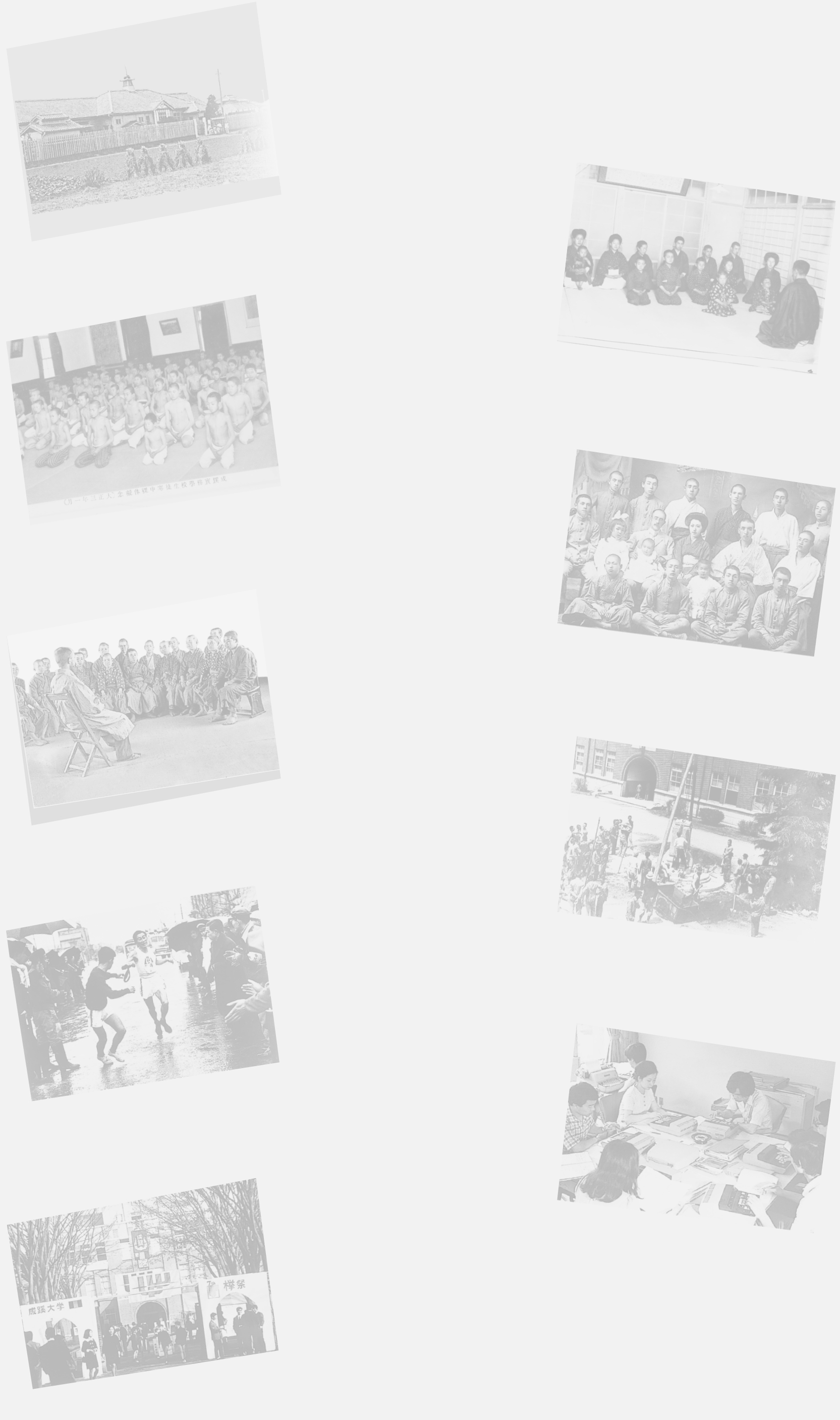Addressing the educational reforms required in times of change
The history of Seikei Gakuen dates back to 1912, when its founder, Haruji Nakamura, with the cooperation of his close friends from junior high school, Mr. Koyata Iwasaki and Mr. Shigezo Imamura, opened the predecessor of Seikei Gakuen, "Seikei Jitsumu Gakko" in Ikebukuro, Tokyo. Since then, the school has developed as a comprehensive school with an elementary, junior high, high school, university, and graduate school, sending out many talented people who are active both in Japan and abroad, while inheriting the educational philosophy of "respect for individuality," "cultivation of character," and "commitment to hard work," based on the ideal of “A peach tree says nothing, yet people naturally create a path to it,” which has been the foundation of the school since its founding.
And now, amidst the drastic changes in society, the world is being forced to undergo severe challenges, and the field of school education is being placed in a difficult situation where conventional wisdom is no longer applicable. However, it is precisely in times such as these that private schools must practice distinctive education that is in tune with the times and earn a high reputation and trust from society.
Seikei Gakuen continues to strive for more without resting on our laurels. Based on the past achievements and challenges, the school established a new third mid-term plan with a six-year achievement period from FY 2023 until FY2028, with the goal of cultivating 'virtuous people' who contribute to the development of global society with a solid liberal arts education and rich sense of humanity. Currently, in order to achieve these school goals, each school and incorporated educational organization has set their own goals and are working together to achieve them.
Seikei Gakuen was relocated from Ikebukuro to Kichijoji in 1924. The founder, Haruji Nakamura, who wished more than anyone else for the further development of Seikei education in Kichijoji, a vast area of fields and wooded areas at that time, passed away without seeing the relocation. In the 100 years since then, we have grown along with the development of this area. Nurturing human resources who combine a solid liberal arts education with a rich sense of humanity and who are capable of making a dedicated contribution to the development of society is the founding principle of Seikei Gakuen, and it is a mission that will be called for even more strongly in the coming age. With the history of Seikei Gakuen in mind, we will continue our efforts to swiftly implement educational reforms that meet the needs of the times and turn out the human resources required by society.
We sincerely appreciate your continued understanding and support.

